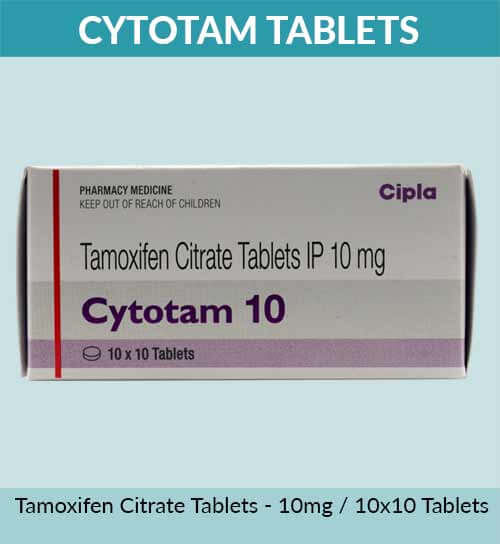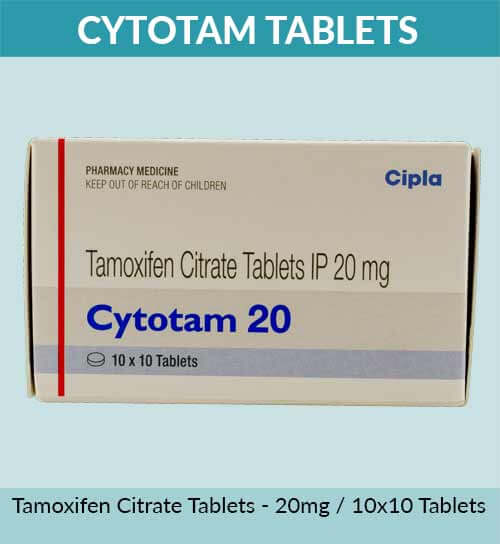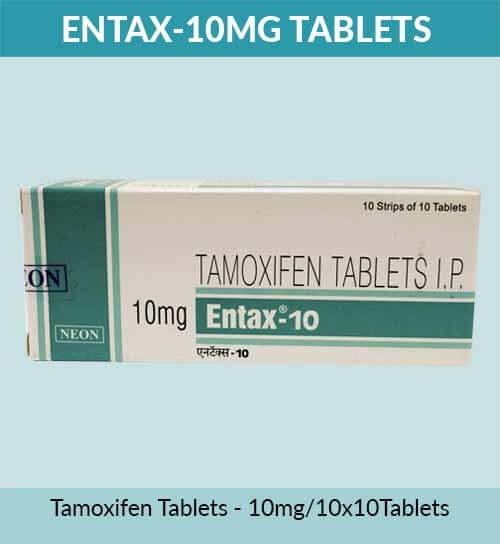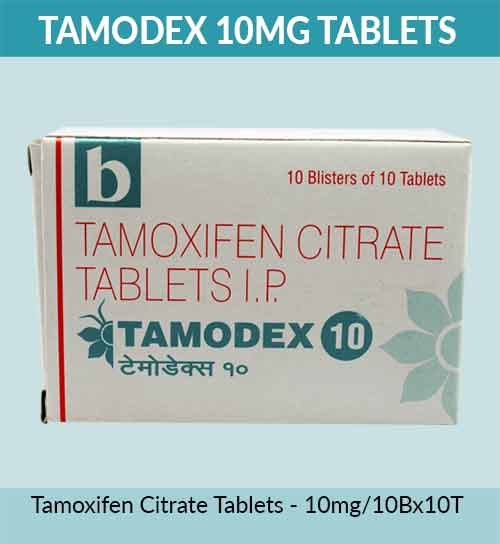Tamoxifen
Tamoxifen is a medication used in the treatment of hormone receptor-positive breast cancer. It belongs to a class of drugs called selective estrogen receptor modulators (SERMs), which work by blocking the effects of estrogen on breast cancer cells.
By blocking estrogen receptors, tamoxifen helps to inhibit the growth of hormone-sensitive breast tumors and reduce the risk of cancer recurrence. It is typically taken orally in the form of tablets and may be prescribed for both premenopausal and postmenopausal women.
Tamoxifen is often used as an adjuvant therapy following surgery or radiation therapy to reduce the likelihood of cancer recurrence. It may also be recommended for the treatment of metastatic breast cancer or for reducing the risk of breast cancer in high-risk individuals.
Like any medication, tamoxifen can cause side effects. Common side effects may include hot flashes, vaginal dryness, mood changes, and an increased risk of blood clots. It is important to discuss any concerning or severe side effects with a healthcare provider.
Tamoxifen may interact with other medications, so it is important to inform the healthcare provider about all current medications, including over-the-counter drugs and supplements, before starting treatment.
Regular monitoring and follow-up visits with the healthcare team are important during tamoxifen treatment to assess the response to therapy and manage any potential side effects. The healthcare provider will determine the appropriate treatment duration based on individual circumstances.
In summary, tamoxifen is a medication used in the treatment of hormone receptor-positive breast cancer. By blocking estrogen receptors, it helps to inhibit cancer growth and reduce the risk of recurrence. Close monitoring and open communication with healthcare providers are important for successful management of treatment and minimizing potential side effects.






